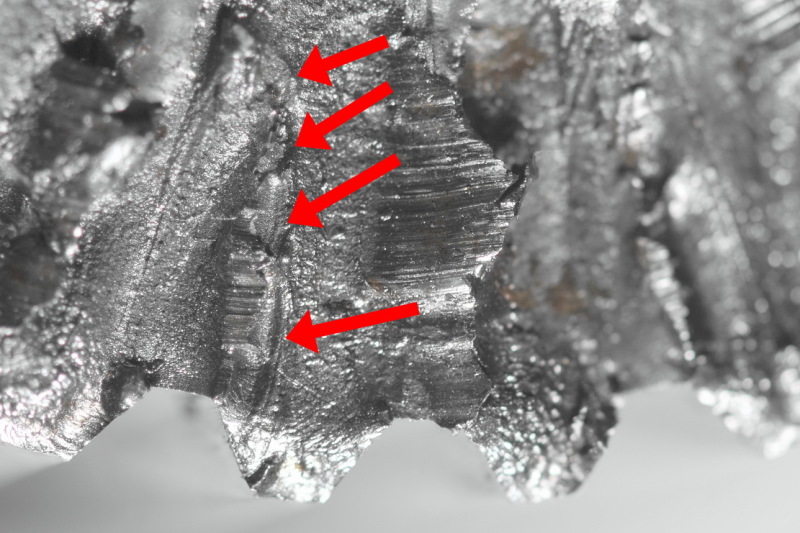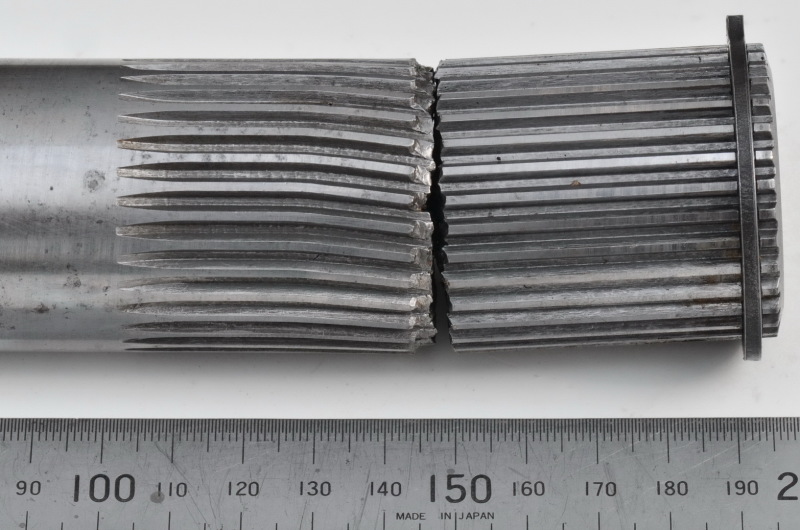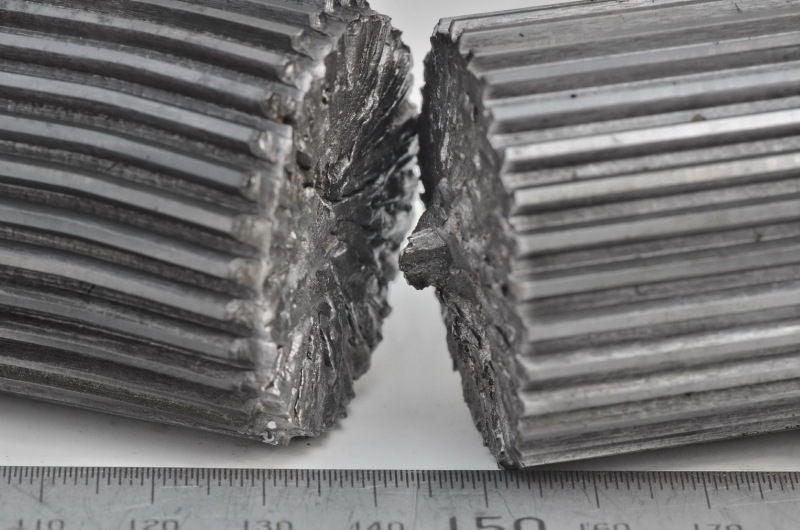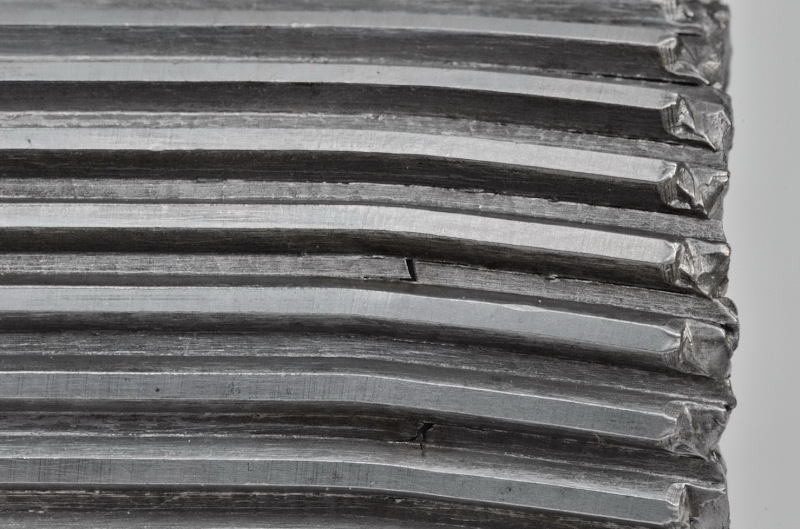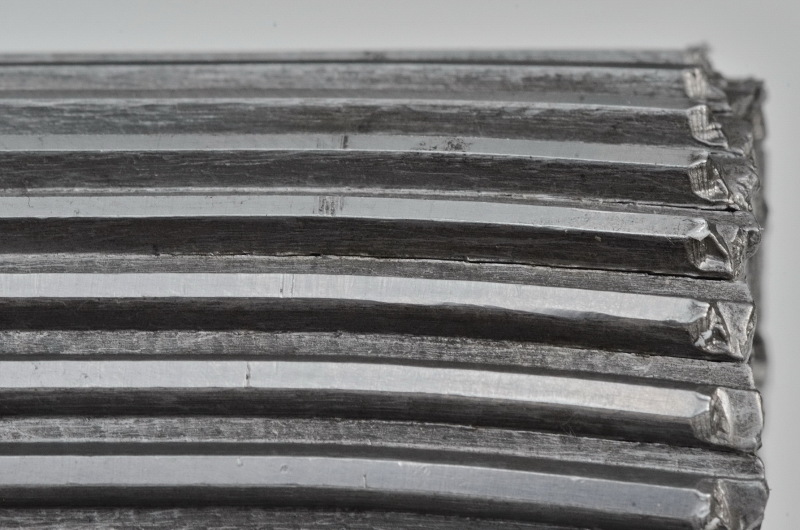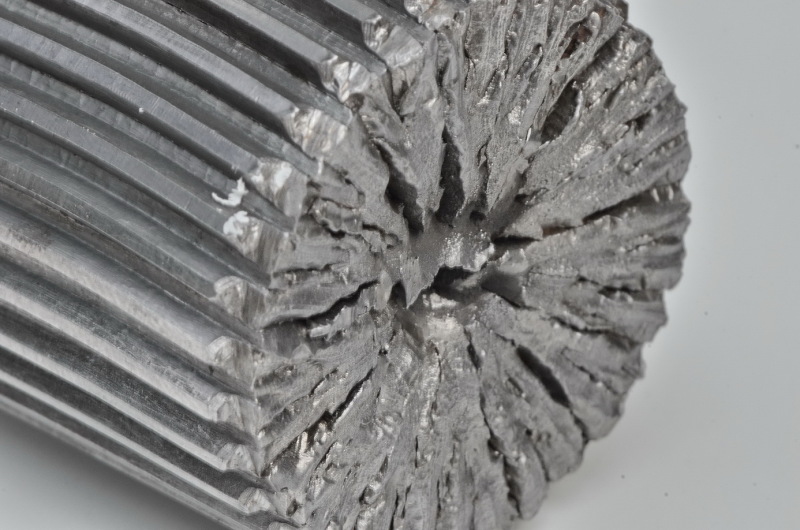gearcutter
Industrial
Here's an interesting failure of a small splined shaft that I'm currently investigating.
The Engineer's (hired by the OEM) final report simply stated that the incorrect material and heat treatment had been used.
The end-user has asked for a more detailed report along with recommendations.
There's a lot happening on that fracture surface.
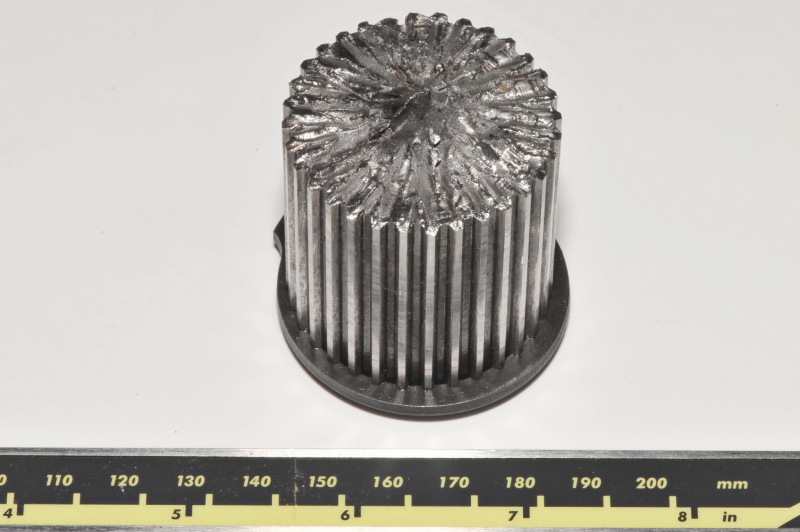
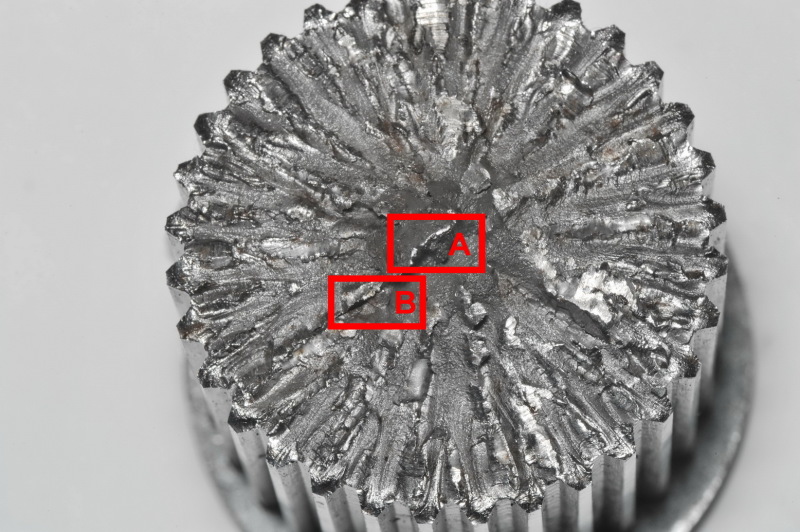
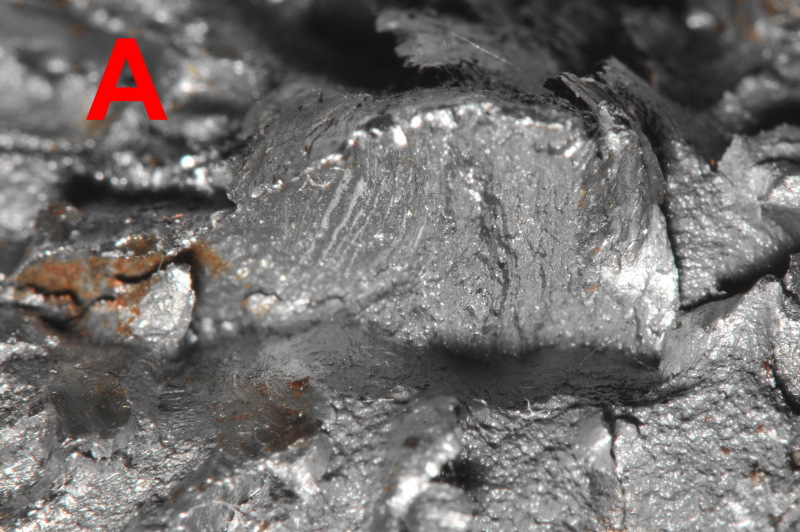
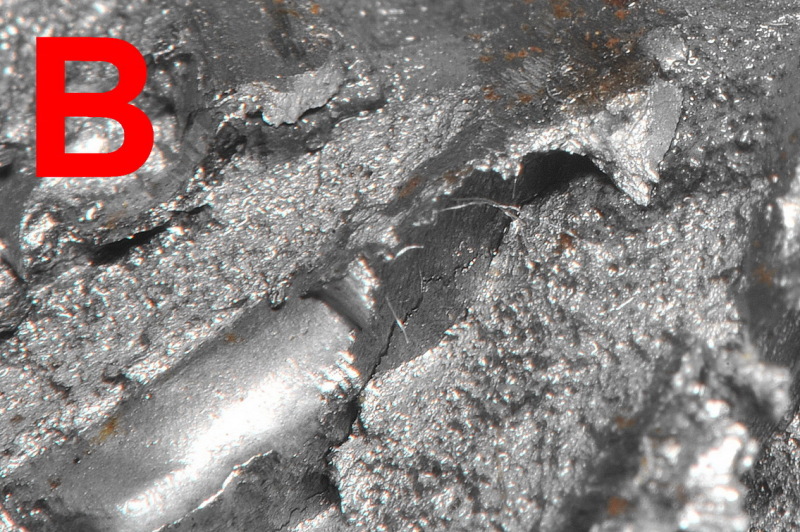
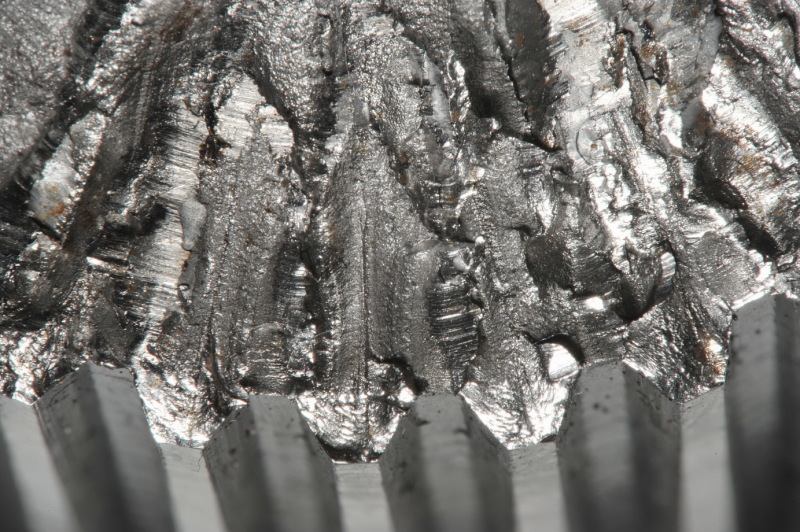
The Engineer's (hired by the OEM) final report simply stated that the incorrect material and heat treatment had been used.
The end-user has asked for a more detailed report along with recommendations.
There's a lot happening on that fracture surface.






![[sad] [sad] [sad]](/data/assets/smilies/sad.gif)
